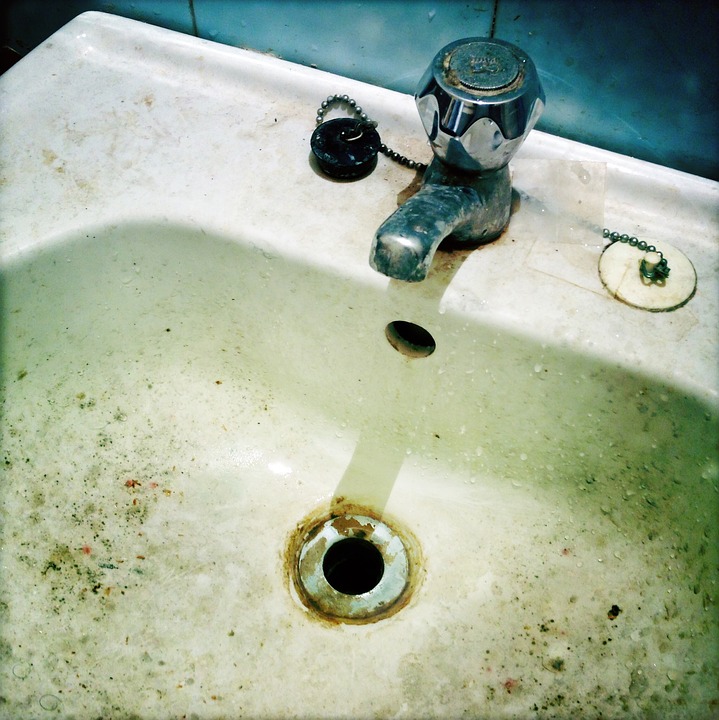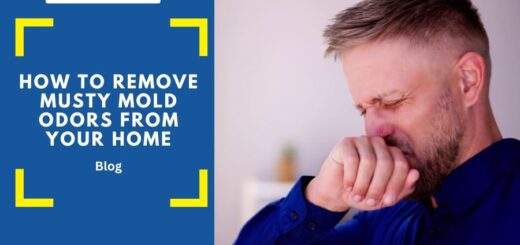How to Clean Mold and Fungus from a Camera Lens
MoldMold is a type of fungus that grows in damp or humid conditi... More sporesSpores are microscopic reproductive units of fungi or mold t... More are abundant in the natural environment—and camera lenses are not immune to their destructive nature. No photographer, amateur or professional, wants to discover moldMold is a type of fungus that grows in damp or humid conditi... More or fungus growing on a camera lens. But when the sporesSpores are microscopic reproductive units of fungi or mold t... More appear, these tips will eliminate them in one take.
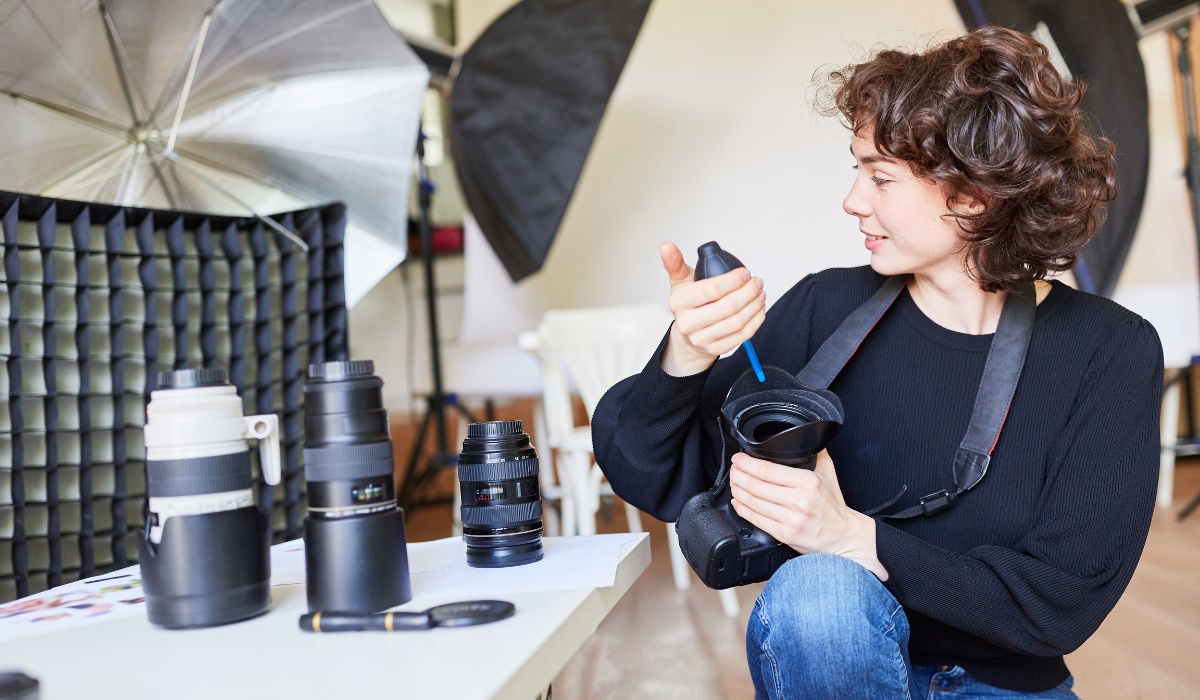
A photographer is likely to own several lenses. Some lenses in a collection may include the wide angle, the telephoto prime, or the telephoto zoom. Needless to say, certain lenses may be preferred over others, depending on the subject matter. This leaves the lesser-used lenses stored away.
A lens that is tucked into a drawer or dark box for prolonged periods of time is vulnerable to moldMold is a type of fungus that grows in damp or humid conditi... More and fungal growth. Especially in humid climates, storing a lens without preventative measures can introduce dampness and leadLead is a heavy metal that can be toxic to humans, especiall... More to unsightly cases of moldMold is a type of fungus that grows in damp or humid conditi... More, a type of fungus.
How does mold develop on a camera lens?
Moisture from humidityHumidity is the amount of moisture or water vapor present in... More is just one source of nourishment for moldMold is a type of fungus that grows in damp or humid conditi... More sporesSpores are microscopic reproductive units of fungi or mold t... More and fungus. These miniscule contaminants also need darkness; sporesSpores are microscopic reproductive units of fungi or mold t... More do not grow under sunlight, since the sun’s rays kill fungiFungi are a group of organisms, including mold, mildew, and ... More. Organic materialsOrganic materials are derived from living organisms, such as... More round out the three primary food sources for moldMold is a type of fungus that grows in damp or humid conditi... More and other fungiFungi are a group of organisms, including mold, mildew, and ... More.
Organic materialsOrganic materials are derived from living organisms, such as... More the moldMold is a type of fungus that grows in damp or humid conditi... More needs to survive may be obtained by miniscule fibers left by the lens cloths used for cleaning or even oils from fingerprints. Sufficient nutrients support the growth of sporesSpores are microscopic reproductive units of fungi or mold t... More and their microscopic tendrils—which are visible as etchings on the camera lens.
Cleaning a lens surface can introduce moisture and pollutants. Rubbing the glass lens, for instance, can leave behind trace amounts of humidityHumidity is the amount of moisture or water vapor present in... More and nutrients. Blowing air into the lens pushes contaminants further back into the recesses of the lens parts. Similarly, zooming in and out allows air inside.
How is a moldy camera lens cleaned?
Cleaning a moldy camera lens is a simple, straightforward process. Cleaning does require knowledge of and experience in handling a lens, however, since the lens must be opened, disassembled, and reassembled in order to perform a thorough cleaning of its innermost parts.
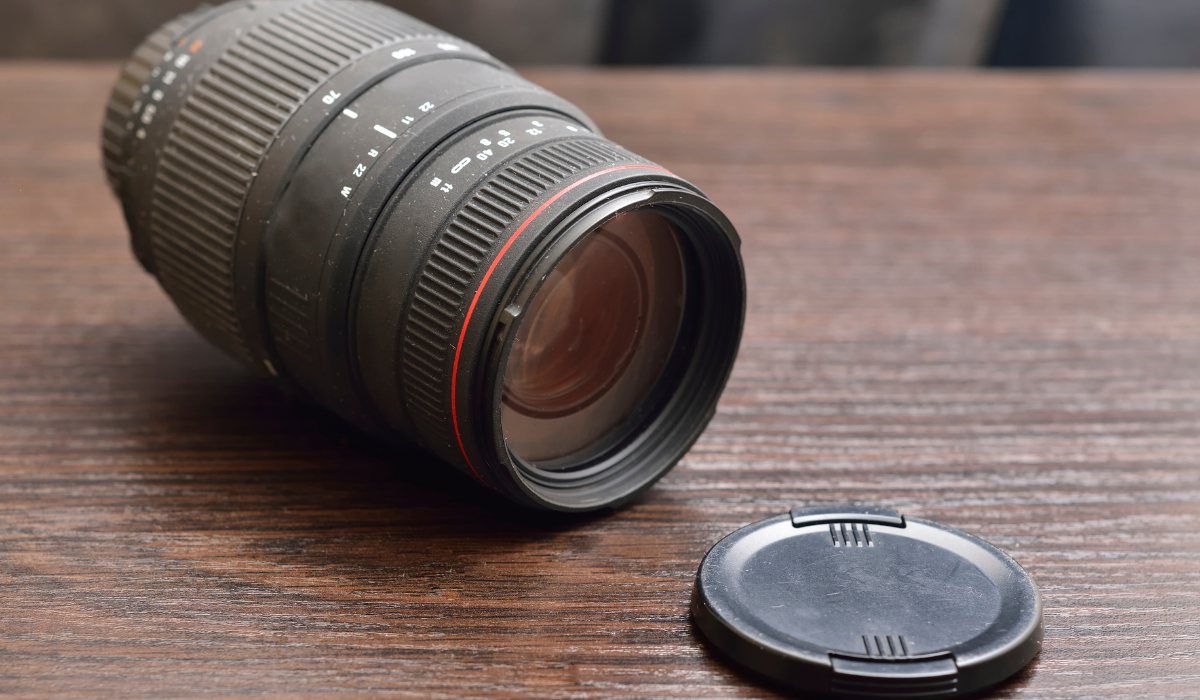
Gather the necessary cleaning supplies, the most important of which is the cleaning solutionA solution is a homogeneous mixture of two or more substance... More. An effective cleaner can be produced by mixing equal parts of ammonia and hydrogen peroxide. A solutionA solution is a homogeneous mixture of two or more substance... More of vinegar and water will also kill the moldMold is a type of fungus that grows in damp or humid conditi... More sporesSpores are microscopic reproductive units of fungi or mold t... More.
Obtain clean lens tissue, a soft material that will not tear or abrade the lens surface and lens cloths. Lens cleaning fluid is ideal for wiping away oils from fingerprints. Wear latexLatex is a natural or synthetic rubber material commonly use... More gloves during the process to prevent contaminationContamination is the presence of harmful or unwanted substan... More of the lens with fingerprint oils.
A bulb blower, which produces a burst of air, and cotton swabs that clean inaccessible corners are helpful supplies. Use a solventA solvent is a liquid capable of dissolving other substances... More to soften adhesives applied to secure the lens elements. A bright lamp will illuminate the lens, thereby providing a clear view of the fungus on the surface.
Blow away debris from the lens surface using the bulb blower. Soak the lens in the prepared cleaning solutionA solution is a homogeneous mixture of two or more substance... More for at least two minutes to soften the fungus and allow it to be wiped away easily. Avoid leaving lenses with glued elements in the solutionA solution is a homogeneous mixture of two or more substance... More for extended periods of time.
Upon removing the lens from the cleaning solutionA solution is a homogeneous mixture of two or more substance... More, wipe it with a clean lens tissue. Use a circular motion and gentle pressure when wiping the lens. Use the clean edges of the dry lens tissue each time. Once this step is complete, the fungal growth should no longer be visible.
Blow away any excess moisture with the blower. Using another clean lens tissue, apply a drop of the lens cleaning fluid in one corner in order to moisten (not saturate) it. Apply a circular motion to rapidly wipe the surface of the lens until it appears clean and clear.
Under the bright light of the lamp, inspect the surface for any small fibers, lint, fingerprints, or lingering fungus. Ensure the lens is not dirtied with smudges or dust. Set the lens aside on a microfiber cloth and keep it covered to prevent dust accumulations. Reassemble the lens.
What prevents mold from growing on a camera lens?
Preventing mold and fungus from growing on the lens can be achieved by storing it in a dry cabinet and ensuring that humidityHumidity is the amount of moisture or water vapor present in... More levels are low. After shooting outside in damp conditions, dry the lens with a clean towel before storing it in a sealed bag containing silica gel.
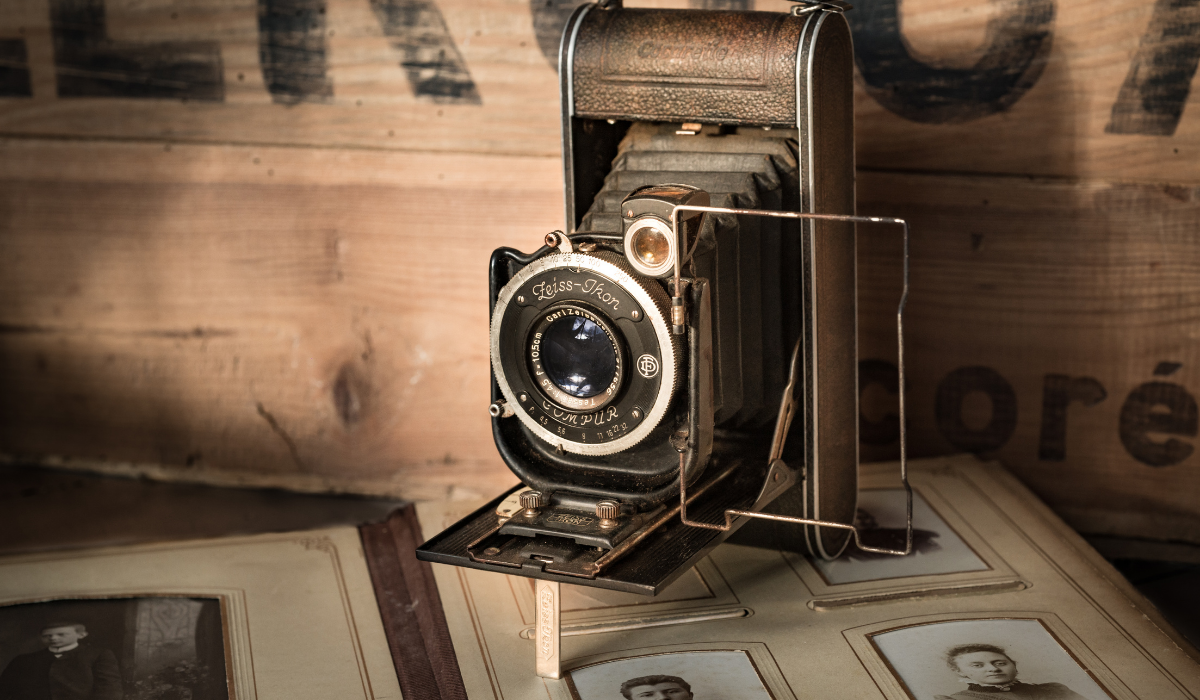
Photographers who aim to prevent moldMold is a type of fungus that grows in damp or humid conditi... More growth are advised to use their lenses, especially in sunny weather. As mentioned, sunlight kills moldMold is a type of fungus that grows in damp or humid conditi... More sporesSpores are microscopic reproductive units of fungi or mold t... More. Prevent moldMold is a type of fungus that grows in damp or humid conditi... More colonies from latching onto an unused lens by taking it out of the darkened cabinets and shooting under the sun.
MoldMold is a type of fungus that grows in damp or humid conditi... More will grow in places abundant with moisture, darkness, and an organic food source. When you find moldMold is a type of fungus that grows in damp or humid conditi... More colonies on a camera lens or sneakily sharing your home, call mold remediation professionals. They can provide thorough moldMold is a type of fungus that grows in damp or humid conditi... More cleanup in homes and commercial properties.
Wearing personal protective equipment and utilizing advanced moldMold is a type of fungus that grows in damp or humid conditi... More removal techniques, crews eliminate moldMold is a type of fungus that grows in damp or humid conditi... More growth via proven processes. After an initial assessment of the size of the moldMold is a type of fungus that grows in damp or humid conditi... More infestation, they contain affected areas to prevent the contaminationContamination is the presence of harmful or unwanted substan... More of nearby rooms.
The successful elimination of moldMold is a type of fungus that grows in damp or humid conditi... More is done via high-tech, yet cost-effective solutions. Skilled technicians will test the property to detect all hidden and visible moldMold is a type of fungus that grows in damp or humid conditi... More growth. Contaminated areas are treated with the innovative moldMold is a type of fungus that grows in damp or humid conditi... More cleanup methods.
Upon eliminating the mold growth, specialists retest the air to ensure airborne levels are optimum. Using the latest technology to clean moldMold is a type of fungus that grows in damp or humid conditi... More colonies is far less expensive than tearing out moldy drywall.










